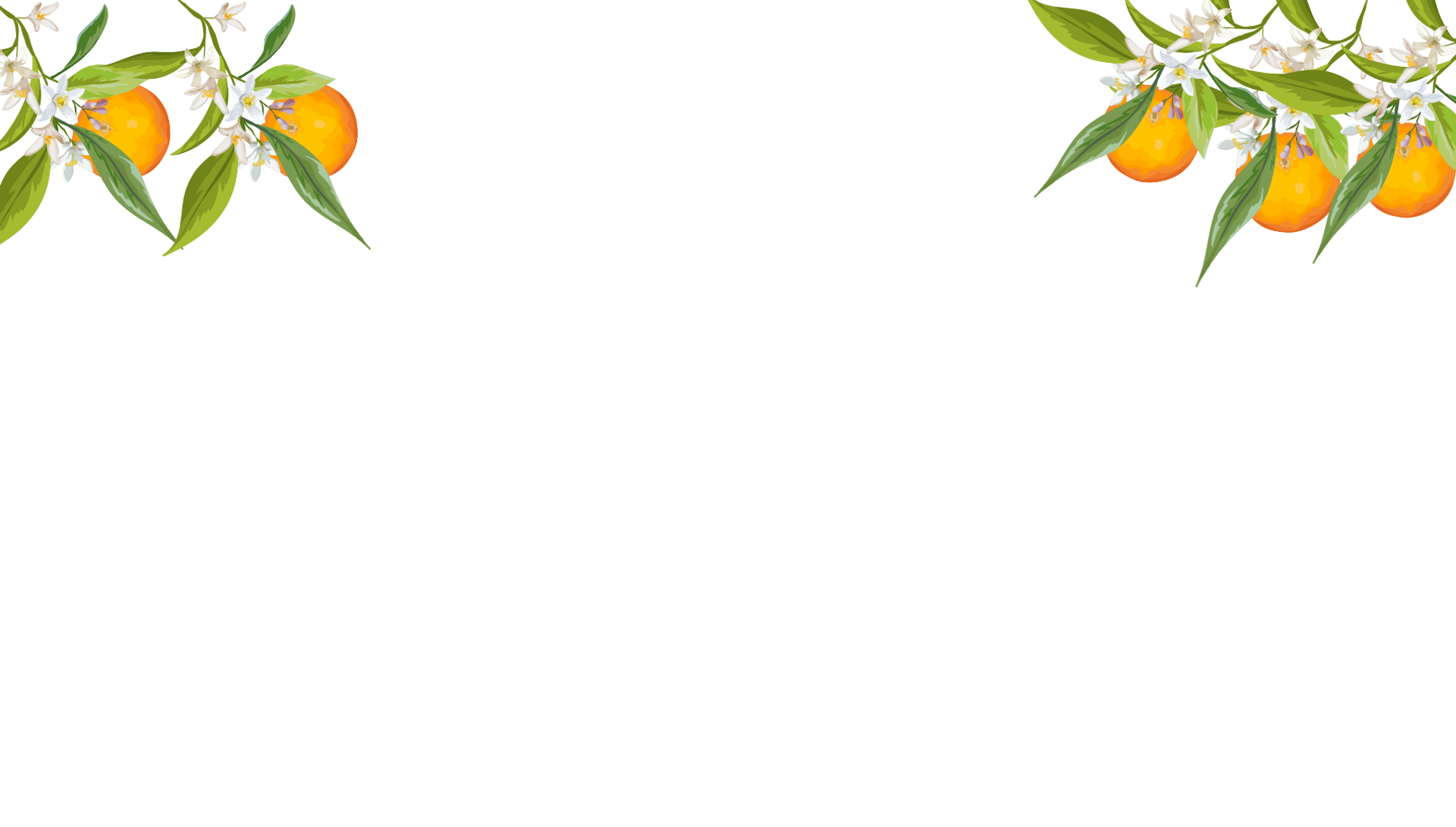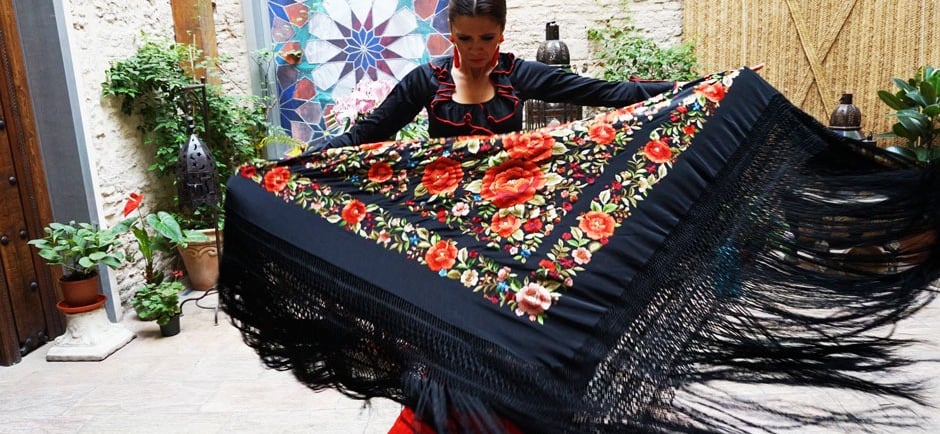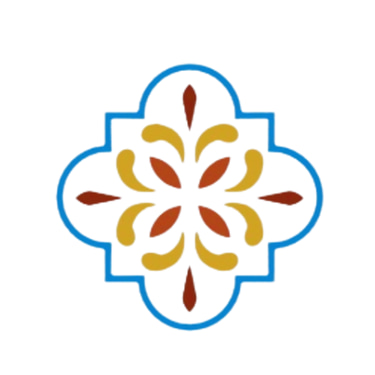The Sevillian Tradition of the Manila Shawl and the Inheritance of the Cigarreras of Seville



💃✨ The Sevillian Tradition of the Manila Shawl and the Heritage of Seville’s Cigarreras | Luxury Service Sevilla
When you stroll through the streets of Seville and see a woman draped in an embroidered shawl, crossing a square to the rhythm of sevillanas, you are witnessing a living tradition, rich in history, art, and elegance. Two key symbols of Sevillian soul — the distinctive Manila shawl and the figure of the cigarrera — embody the connection between craftsmanship, history, and femininity, evoking a treasured cultural heritage.
At Luxury Service Sevilla, a luxury concierge agency, we pay tribute to this exquisite tradition by showcasing its history, significance, and how it remains alive in today’s Seville. If you dream of an elegant cultural immersion, within an exclusive setting and personalised experiences, this post is for you. 😉
Origins and Meaning of the Manila Shawl:
From China to Seville: a journey of silk and embroidery
The Manila shawl was born in China’s Canton province, where skilled artisans hand-embroidered it with silk threads for the imperial court. For centuries, it was part of the spirit of the Silk Road.
With Spain’s discovery of the Philippines (then a colony), this piece travelled to America, reached the city of Manila—whence it takes its name—and finally arrived in Spain, flourishing in Seville, Cádiz, and other areas influenced by maritime trade. The shawl adapted to Andalusian aesthetics: floral embroidery and vibrant colours took centre stage.
An icon of feminine distinction
Adopted by Sevillian aristocratic women as a symbol of status, elegance, and sophistication, it was worn at soirées, opera performances, bullfights, and pilgrimages, becoming an indispensable element of noble attire. It was also embraced by flamenco artists, moving gracefully from palaces to the streets.
The Craftsmanship of the Manila Shawl: Silk Artistry:
Hand embroidery and stories in every thread
Each shawl is a masterpiece that can take months to complete. The flowers, leaves, and birds depicted are stitched one by one, using satin stitch techniques with silk threads that give shine and texture.
In Seville, family-run workshops still exist where embroiderers pass down their craft through generations. These artisans continue to create unique pieces, often personalised for fairs, seating boxes, pilgrimages, or flamenco performances.
Contemporary life of the shawl
Though no longer everyday wear, the shawl remains a fixture at major Sevillian events like the April Fair. It also inspires contemporary design: haute couture collections incorporate shawl motifs on dresses or kimonos, lending elegance and a cultural nod.
The Sevillian Cigarrera: A Female Symbol Rich in History
A historic and social figure of empowerment
The cigarrera was a woman working in Seville’s 19th-century tobacco factories. They wore shawls
Ubicación
Sevilla, España
